
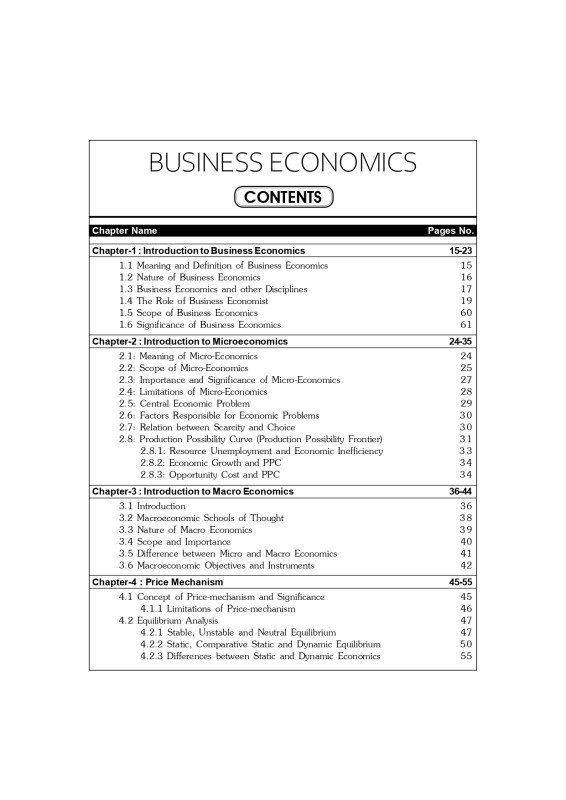
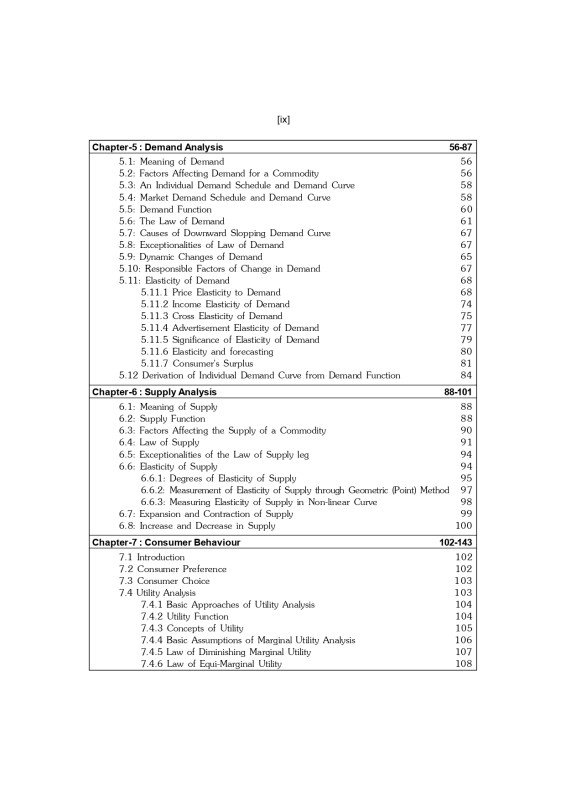
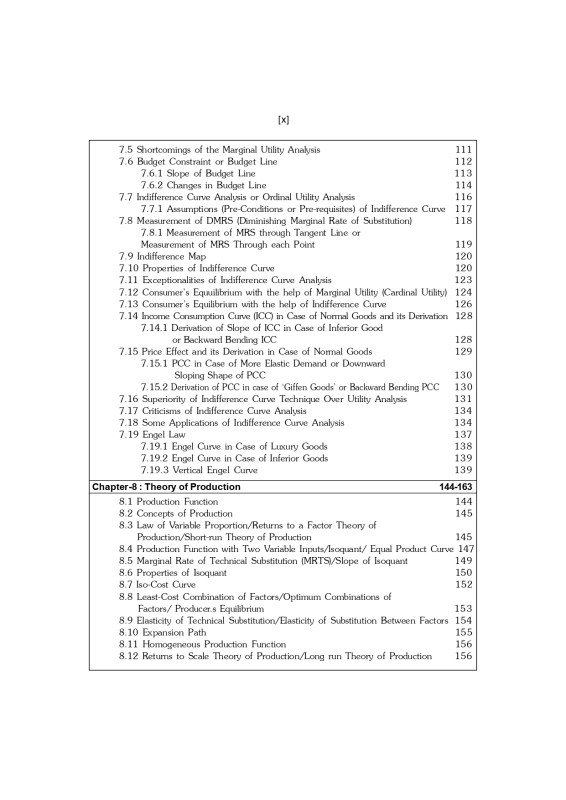

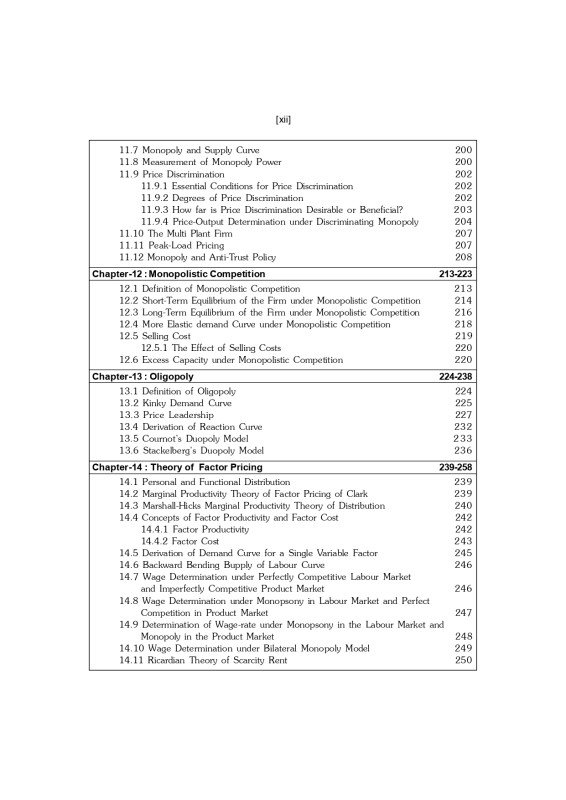
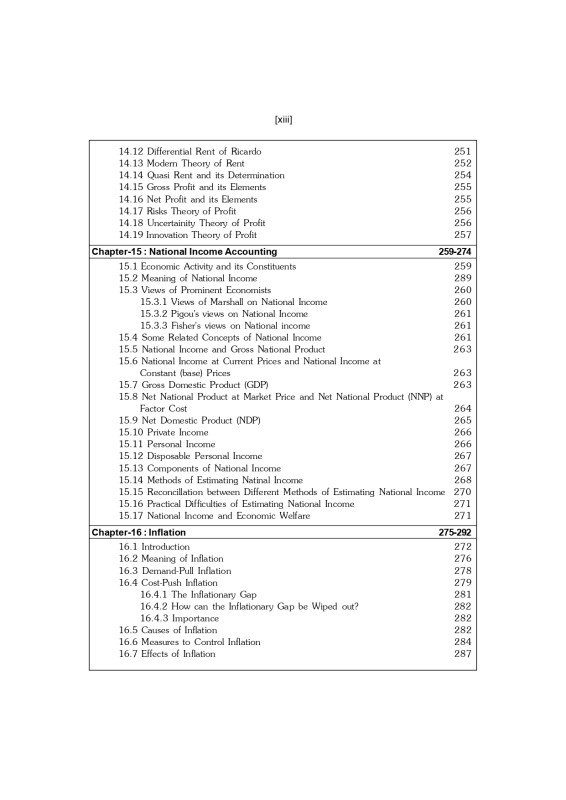
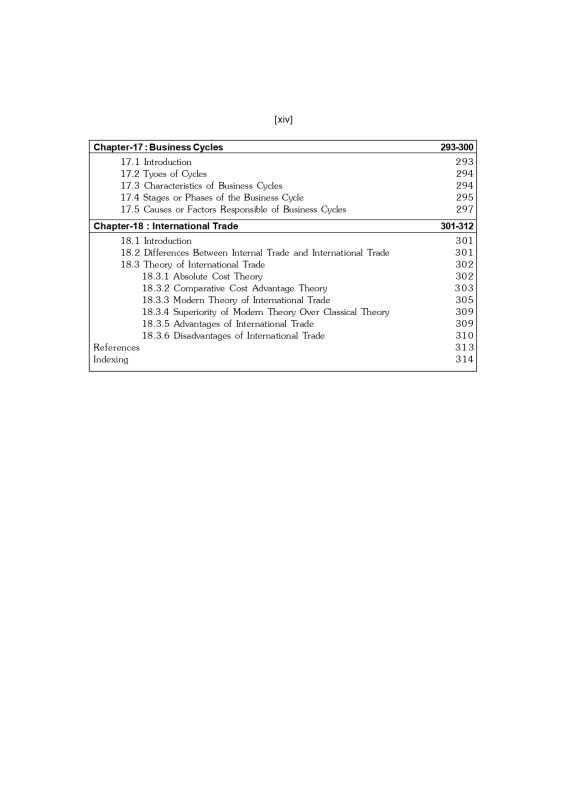








Business Economics
Inhouse product
-
Rs308.00
Rs350.00 -
Rs238.00
Rs280.00 -
Rs288.00
Rs300.00 -
Rs476.00
Rs595.00 -
Rs374.00
Rs425.00 -
Rs175.50
Rs195.00
Reviews & Ratings
Business Economics
Author: Anupam Sarma
A Textbook of Economics for B.Com & BBA
Published by Mahaveer Publications, Dibrugarh, this comprehensive textbook is designed for B.Com 3rd Semester (Dibrugarh University), BBA 4th Semester (Nagaland University), and other Indian universities.
Table of Contents:
? Chapter 1: Introduction to Business Economics
? Chapter 2: Introduction to Microeconomics
? Chapter 3: Introduction to Macroeconomics
? Chapter 4: Price Mechanism
? Chapter 5: Demand Analysis
? Chapter 6: Supply Analysis
? Chapter 7: Consumer Behaviour
? Chapter 8: Theory of Production
? Chapter 9: The Nature of Cost and Cost Curves
? Chapter 10: Market Structure
? Chapter 11: Monopoly
? Chapter 12: Monopolistic Competition (Pages 213-223)
? Chapter 13: Oligopoly (Pages 224-238)
? Chapter 14: Theory of Factor Pricing
? Chapter 15: National Income Accounting
? Chapter 16: Inflation
? Chapter 17: Business Cycles
? Chapter 18: International Trade
? A must-have for students looking to grasp the fundamental and advanced concepts of Business Economics.
Frequently Bought Products
Product Queries (0)
Login Or Registerto submit your questions to seller
Other Questions
No none asked to seller yet
-
Rs308.00
Rs350.00 -
Rs238.00
Rs280.00 -
Rs288.00
Rs300.00 -
Rs476.00
Rs595.00 -
Rs374.00
Rs425.00 -
Rs175.50
Rs195.00
Mahaveer Publications
Mahaveer Publications is a trusted name in the world of printing and publishing, renowned for delivering high-quality printed materials tailored to meet the needs of individuals, businesses, and organizations. Specializing in books, brochures, magazines, and custom printing solutions, Mahaveer Publications combines state-of-the-art technology with a commitment to excellence. With a focus on precision, creativity, and timely delivery, the company has earned the trust of clients seeking professional and impactful print solutions.
Dedicated to fostering knowledge and communication, Mahaveer Publications is more than just a printing service—it's a partner in bringing ideas to life. From concept to completion, the team ensures that every project reflects the client's vision while maintaining the highest standards of craftsmanship. With a passion for innovation and a customer-centric approach, Mahaveer Publications continues to set benchmarks in the printing and publishing industry.







